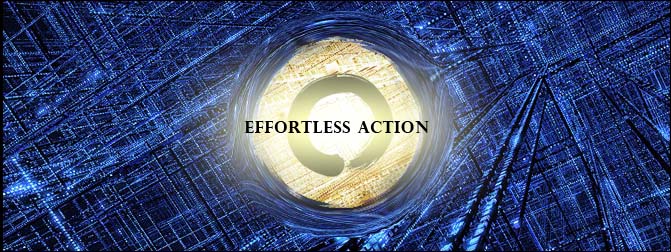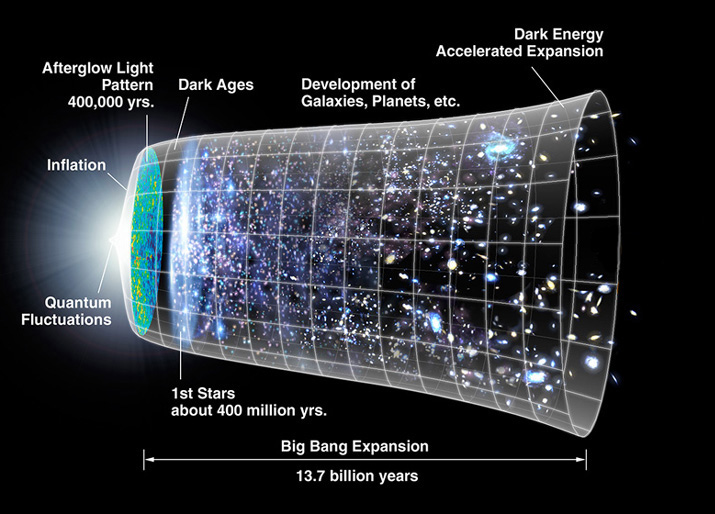David Harel proposed the Statecharts language during the 2rd HOPL Meeting, in 1987. Other widespread languages where also presented there, including C++ by B Soustrup and Lisp. (see D Harel, 'Statecharts in the making: a personal account')
Since then, D Harel implemented the new language in a number of research projects across computer science and biology. He is currently Professor at Weizmann Institute of Science, Rehovot, Israel.
As an example of above mentioned research we shall consider Reactive Animation.
Statecharts can be connected to a graphics engine interface to give Reactive Animation (RA): this topic is widely explained in a recent paper, where RA connects data from molecules to organs in a large multiscale simulation framework (search 'Harel reactive animation').
Statecharts plus graphics would be an interesting tool for wise people and geeks, but actually they are under patent, even for academic research. The good idea is trapped in a golden cage, far away from its native sandbox and even farer from the huge collaborative playground known as web 2.0.
Patented software sometimes poses the challenge of reinvent the wheel. This requires an amount of serious work, along with the possibility of making out something new by means of combining already existing things. Fortunately, the latter aspect is a well known force that drives collaborative, formerly non retributed efforts like Wikipedia and the free software development.
The new wheels often perform better, as a result of continuous, community-wide beta testing. Moreover, hackability/reusability is the key that puts the good ideas back into the web reactor, where they can be collectively evolved and distributed.






